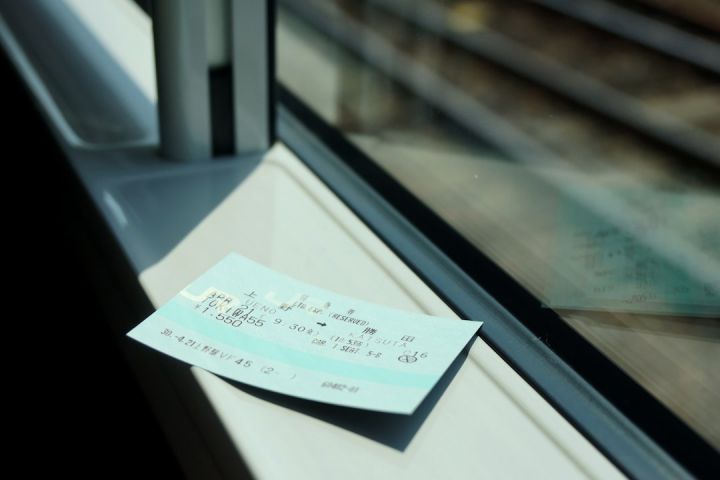Motion sickness can be a common problem for many people when traveling by train. The constant movement and vibrations can cause feelings of nausea, dizziness, and discomfort. However, there are several strategies you can employ to help alleviate motion sickness and make your train journey more enjoyable. In this article, we will explore some tips and techniques to help you handle motion sickness on trains.
Choose the Right Seat
The choice of seat can greatly impact your experience on a train. If you are prone to motion sickness, it is best to choose a seat near the front or middle of the train. These areas experience less movement compared to the rear, which can help reduce the intensity of motion sickness symptoms. Additionally, opt for a seat by the window, as having a view of the passing scenery can help to stabilize your senses and reduce feelings of nausea.
Focus on the Horizon
When experiencing motion sickness, it can be helpful to focus your gaze on a fixed point in the distance. In a moving train, this can be challenging as the scenery outside is constantly changing. However, by looking out the window and focusing on a distant object, such as a tree or a building in the distance, you can help reorient your senses and reduce feelings of motion sickness.
Avoid Reading or Using Electronic Devices
Reading a book or using electronic devices, such as smartphones or tablets, can exacerbate motion sickness symptoms. The constant shifting of your focus from the page or screen to the moving train can confuse your senses and intensify feelings of nausea. It is best to avoid these activities during your train journey if you are prone to motion sickness. Instead, try listening to music or engaging in light conversation to distract yourself from the movement of the train.
Stay Hydrated and Eat Lightly
Dehydration and a full stomach can worsen motion sickness symptoms. It is important to stay hydrated during your train journey by drinking plenty of water. Avoid consuming large, heavy meals before or during your trip, as they can make you more susceptible to motion sickness. Instead, opt for light, easily digestible snacks such as crackers or fruits to keep your stomach settled.
Take Deep Breaths and Relax
Deep breathing exercises and relaxation techniques can help alleviate motion sickness symptoms. Take slow, deep breaths in through your nose and exhale through your mouth to help calm your body and reduce feelings of nausea. Practicing relaxation techniques such as progressive muscle relaxation or guided imagery can also help distract your mind from the sensations of motion sickness.
Consider Medications or Remedies
If you continue to experience severe motion sickness despite employing these strategies, you may want to consider taking over-the-counter medications or using natural remedies. There are several medications available that can help alleviate nausea and dizziness associated with motion sickness. Ginger, in the form of capsules, tea, or candies, is a natural remedy that has been found to be effective in reducing motion sickness symptoms.
In conclusion, motion sickness on trains can be a challenging experience, but there are ways to manage it effectively. By choosing the right seat, focusing on the horizon, avoiding reading or using electronic devices, staying hydrated and eating lightly, practicing relaxation techniques, and considering medications or remedies, you can make your train journey more comfortable and enjoyable. Remember, everyone’s experience with motion sickness may vary, so it’s important to find what works best for you.





